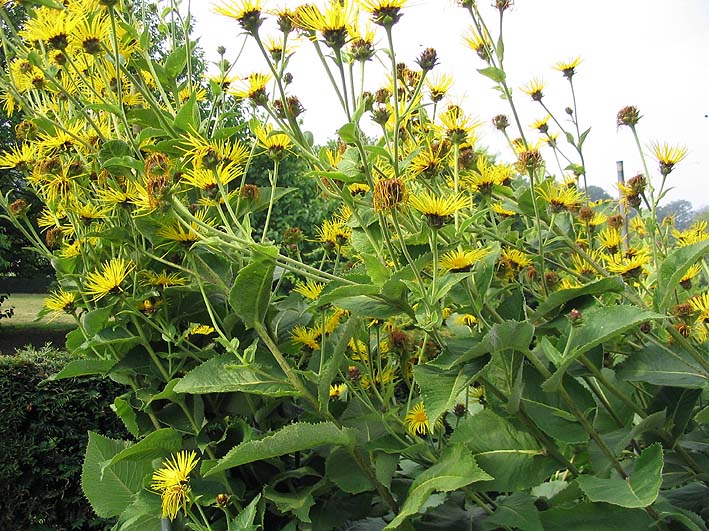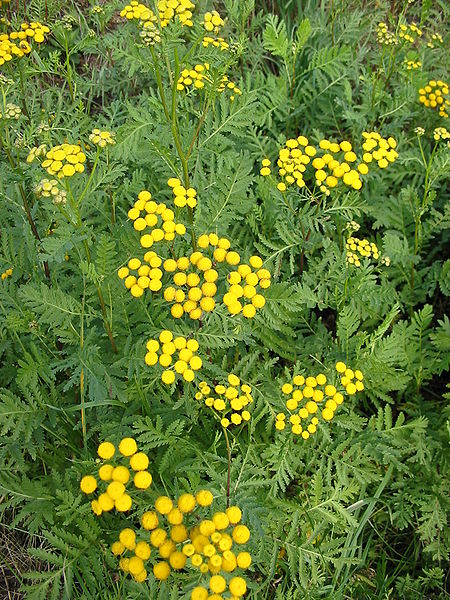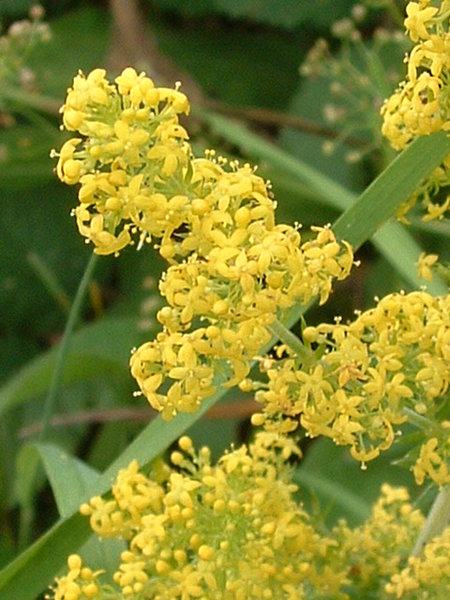The Medicinal Ornamental Garden
admin May 19th, 2011
Ornamental edible gardening gets a lot of attention right now. Consider a new book _The Edible Front Yard_ by Ivette Soler that The Peak Oil Hausfrau has just reviewed. I did a post a while back on ornamental perennial edibles, and I wanted to do a companion piece on ornamental medicinal herbs. If you are looking for something to put up front, your medicinal herb garden is a really choice. Not only are many of the plants useful, but they are also drop-dead gorgeous. And just as perennial edibles run “under the radar” - meaning that neither zombies nor your local zoning board are likely to even realize that your garden is (gasp!) useful as well as purty - medicinals do the same. Just as I did in my perennial ornamental edibles post, I’m going to give you gardens for both sun and shade. Obviously, this will be most useful to people who live in my climate or something like it - hey, if you can grow saw palmetto or chasteberry, go for it. I can’t, but there are plenty of gorgeous options here. Oh, and a lot of them are highly scented as well - even better!
First, let’s do a sunny border with a lot of general-purpose medicinals, useful in most households. I’d suggest you throw in a handful of low-growing sunny annuals as well to add some brightness - calendula perks everything up, and german chamomile makes a great, cheerful understory plant. This is for a site of ordinary soil, with ordinary moisture levels.

First, large backbone plants. You’ll definitely want Valerian, which is a beautiful plant with vanilla-scented flowers in bloom. It gets huge, so give it plenty of room. Valerian is a reliable perennial, and can be dug and divided when you harvest the roots. The roots smell like dirty socks, but tinctured they are one of the best relaxants out there, and a natural sleep aid. Valerian does like some moisture, but will grow in ordinary garden soil.

All the mallows have roots with soothing properties - particularly good for coughs or irritated urinary tracts. Marshmallow, above, is a beauty with pink flowers, but you can also use Malva sylvestris or garden hollyhock!
Angelicas are cool and weird looking. They umbels with dark stems are odd, but beautiful. Carrot family members, they attract insects like crazy and also attract visual attention. If you have anyone female in your household, I’d recommend growing A. sinesis, also known as Dong Quai. It is used for both menopause and menstrual cramps, as well as to gently help regulate high blood pressure. It is not a safe herb for pregnancy, however, as it increases the risk of miscarriage.

You either love elecampanes or you hate them - I love them, huge and strange looking sunflowerish things that they are. They were a common ornamental during Victorian times, but they’ve fallen out of favor - and I can understand, but I find them structural and cool. Their roots are used for bronchitis and persistent coughs, but a grad student in Ireland has also found that extracts of elecampane in alcohol kill MRSA, which is certainly a non-trivial usage.

Moving up to the middle of the border, an obvious candidate, one that does well in almost all gardens, are the coneflowers. Generally what you want are Echinacea purpurea or augustifola (shown) as the easiest to grow, but if you can grow one of the rarer species, please do - they are often endangered and very beautiful. The medicinal qualities of the ornamental hybrids are probably lower, so stay away from those.
Meadowsweet is one of my absolute favorite herbs for its tidy foliage, beautiful sprays of creamy white flowers, wonderful fragrance and medicinal usage as both a painkiller (this is the plant from which salicytes were originally isolated) and a stomach soother. It does cause hayfever in some people, however and those with asprin-sensitive asthma should not use it, but unless I was terribly allergic, I’d have this plant around - it is just too useful. Its flower heads have also been used to flavor ales and jams - it imparts a slight sweet almondy taste! The roots also produce a black dye.

You have to be careful with tansy - in some of the drier parts of the US it is an invasive pest and can become weedy. You also have to be careful with internal use of tansy - not for kids, pregnant women and I personally wouldn’t take it internally unless the benefits outweighed the risks - but it is a great worm killer for internal parasites. Best of all, however, are its natural insect repellent qualities, its delicious fragrance and those cheerful bright yellow buttons. Tansy just begs to be mixed with reds and oranges, so it is a great companion to calendula!

Pretty mounds of tidy leaves with lovely wands of purple flowers - I’m surprised that Betony (stachys officinalis) doesn’t make it into more gardens. It is great for headaches, and the leaves taste pretty much like black tea - and has similar antioxidant qualities. This is a fond favorite plant in my garden, and you can never have too much of it!

I’d have feverfew in my garden even if it wasn’t a medicinal - but it is, with good documentation on its ability to affect migraines. The flowers are just gorgeous - and they come in double forms as well.

Yarrow if a favorite of mine as well, and it tolerates almost any conditions, from dry as a bone roadsides to damp spots in my garden. The flowers are used to treat hayfever and allergies, the aerial tops for colds and the leaves can be used as a styptic to stop bleeding. Yarrow looks like a lot of umbelliferae, and some people have occasionally mistaken poisonous plants like water hemlock or cow parsnip for yarrow, which is all the more reason to grow your own! You want the true white yarrow, not the ornamental colored species, although the chinese species A. asiatica, which has lovely pink flowers, is also extremely ornamental and used for fever pains and arthritis.

I can’t grow the traditional Arnica montana in my garden - elevations aren’t high enough and my soils aren’t naturally acidic enough - but A. Chamissonis grows well for me, and the bright, low growing flowers are easily tinctured or added to salves to ease sore muscles and bruising. This is an external use only herb - but it is heavily overharvested in the wild, so growing your own becomes imperative.

Lady’s bedstraw is a lovely, low growing, incredibly fragrant plant that ought to be in more gardens. Besides its use as a natural curdling agent for cheesemaking, a decoction is also used for urinary tract issues, and the roots produce a red dye, while the leaves produce a pretty yellow one. But the honey scent and the way it flavors cheese would be enough for me!
Add in calendula, california poppy and german chamomile in the front of the garden, and you’ve got something no one will ever believe is useful! If you are looking for more of my herbal writings, check them out here.
Ok, next time - the ornamental, medicinal shade garden!
Sharon